Ever told a client that they could save 200 kWh/m²/year in heating for their 180 m² home? That’s a normal statement from a Passive House designer looking into a deep retrofit option. Do you know how crazy that sounds? Seriously, even with a COP of 3 heat pump, that’s 12,000 kWh/year of heating electricity (200*180/3) or roughly $3,600 annually just …
Energy-efficient homes sell for (a lot) more

The Domain Sustainability in Property 2025 report is a data-rich look at the value of energy-efficient homes in Australia. It shows, in no uncertain terms, that buyers are not just interested in sustainability—they are actively paying a significant premium for it. For years, I’ve been worried that professional valuers in New Zealand might not properly account for the superior performance …
A new conversation about housing in New Zealand
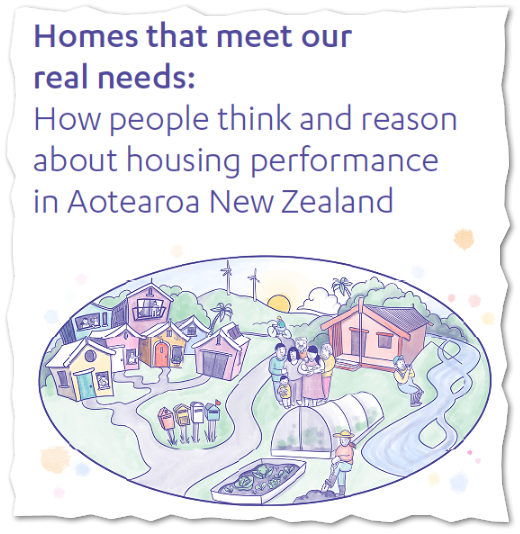
If you’re in the business of designing, building or advocating for better buildings in New Zealand, you need to read “Homes that meet our real needs“, a BRANZ report written by The Workshop. It’s a deep dive into how New Zealanders think and talk about their homes. Some of the insights will be familiar to those of us who have …
NZ homes are still cold, damp and unhealthy
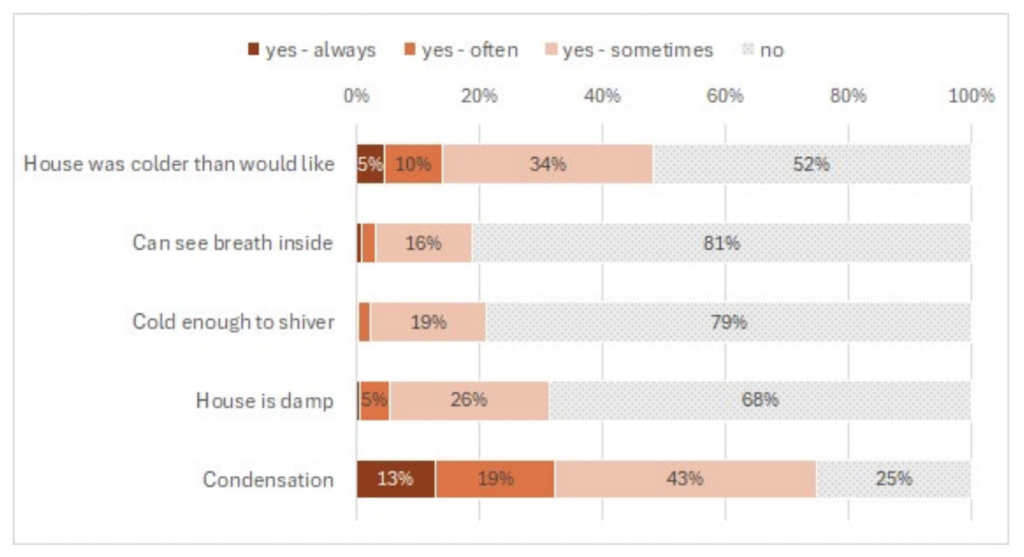
New Zealand homes are slightly less cold in winter compared to 20 years ago. More New Zealanders appear to be heating at least some bedrooms, some of the time, to some extent. That’s the good news in the preliminary results from the HEEP2 study. It’s faint good news, given other findings. About a fifth of those surveyed said they could …
Useful advice on avoiding household mould

The prevalence of mould in New Zealand houses is a disgrace but it’s also not unique, as this American paper in the latest ASHRAE journal makes clear. The author claims about a third of older and newer single-family homes in the US north-west have visible mould, as these images graphically show. The article outlines causes but also proposes solutions, with …
The underlay dilemma: getting it right under your metal roof
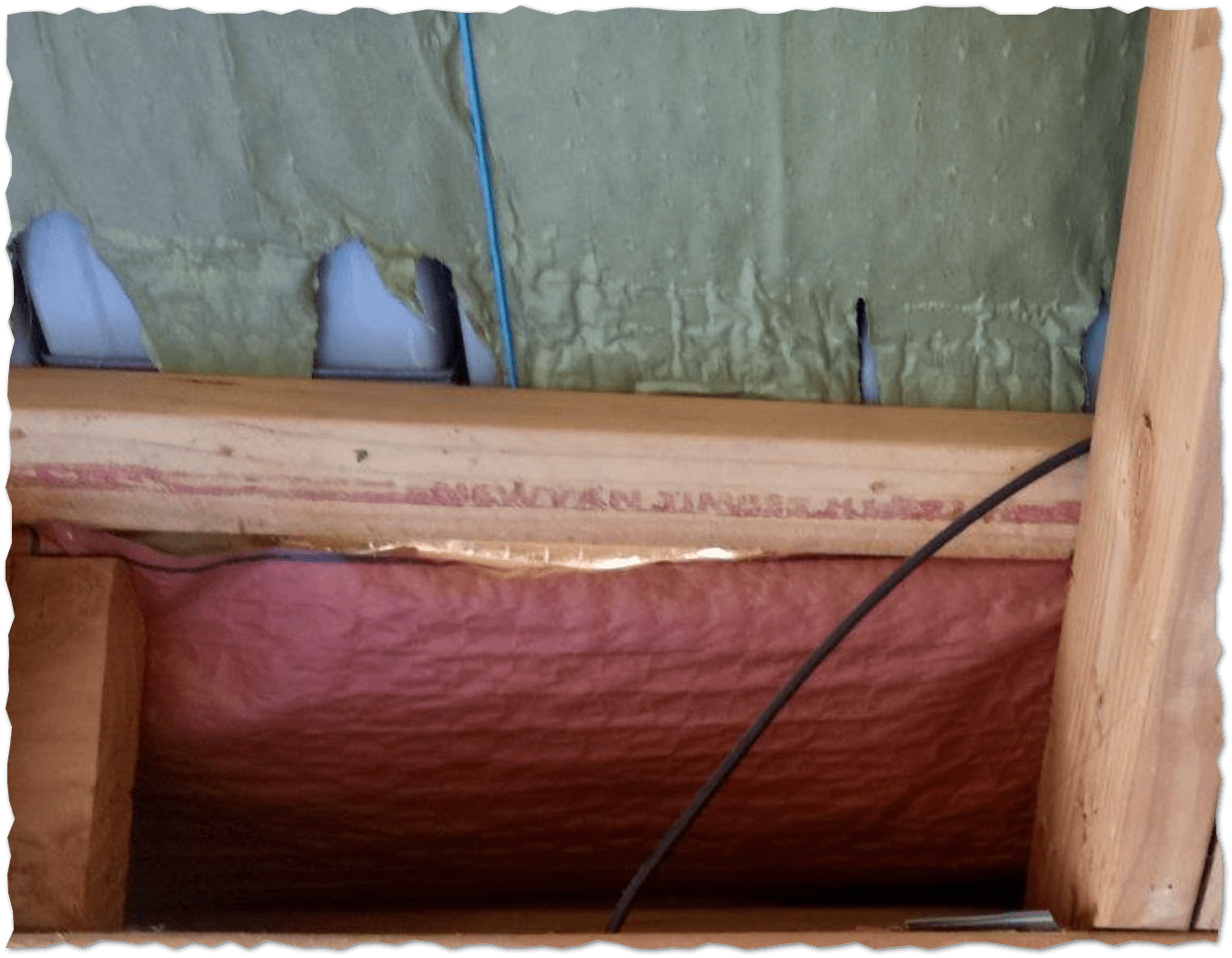
When it comes to constructing or renovating a roof with metal cladding in New Zealand, one crucial component often overlooked until problems arise is the underlay. An awesome overview document from metal roofing manufacturers (published in 2011) titled “The Underlay Dilemma” highlights the critical role underlays play in the long-term performance and durability of your roof. I especially loved the …
Air sealing with sealant and backing rod: yes, you need both
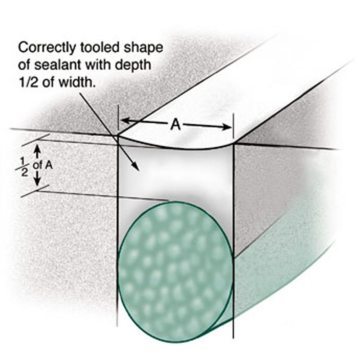
When it comes to keeping our buildings weathertight and preventing unwanted airflow, the humble air seal plays a vital role. The duo of sealant and backing rod are one option to achieving this around windows and doors. But how do they work together, and why bother with both? One of the primary reasons we meticulously install an air seal is …
The path to decarbonisation for the aged care sector
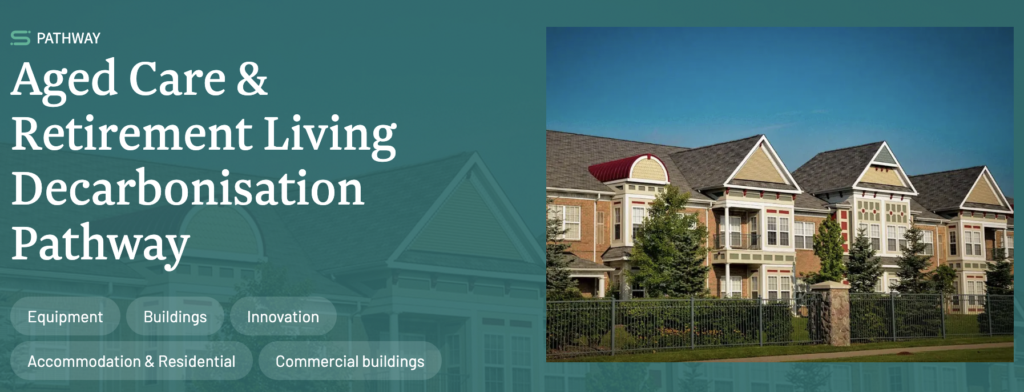
EECA, the Energy Efficiency and Conservation Authority, launched a valuable resource in 2023 to support the aged care and retirement living sector on its decarbonisation journey. The suite of tools and resources, developed with input from the sector, aims to help reduce emissions across the sector. We’ve worked with several retirement community providers in the past and I wish these …
Understanding Our Energy Use: The RBS as a Foundation

When we talk about how much energy our homes in Australia and New Zealand consume, chances are the data underpinning those discussions comes from the Residential Baseline Study (RBS). As highlighted in the recent methodology report for the 2021 update (RBS2.0), this study is a bottom-up engineering, end-use energy model of our residential sectors. Essentially, it builds up a picture …
